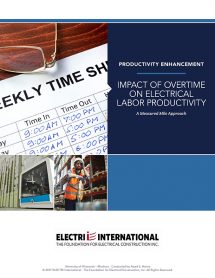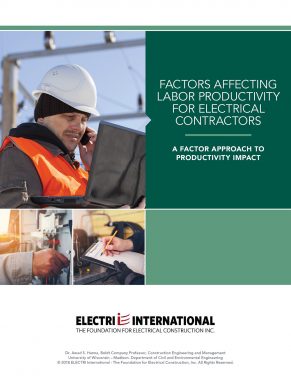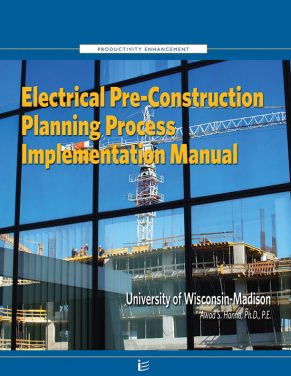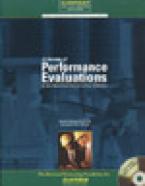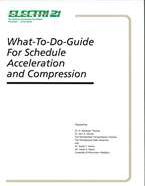Impact of Overtime on Electrical Labor Productivity: A Measured Mile Approach
Electrical contractors are frequently faced with the need to compress or accelerate the construction schedule as a result of added scope, delays and/or a late start of activities. The most common approach to schedule acceleration is the use of overtime. Past research studies concluded that placing workers on scheduled overtime reduces labor productivity. Although several research efforts have studied the effect of overtime on labor efficiency, these studies have unknown data sources and were conducted many years previously.
This study is focused on the analysis of scheduled and unscheduled (sporadic) overtime on labor productivity. There are two components of this research; qualitative and quantitative. The qualitative aspect aims to document the views of electrical contractors regarding the use of overtime and other schedule compression techniques such as overmanning and shiftwork. The quantitative component deals with macro and micro analysis of overtime. The macro and micro approaches are used for analyzing the impact of both sporadic and scheduled overtime. The macro approach is used to analyze projects where no fixed overtime schedule is utilized or mixed work schedules are used throughout a week. The micro approach is used to analyze projects that utilize a fixed overtime schedule, such as 5×10 or 6×10 throughout a certain number of weeks. This study presents the results of a statistical analysis of productivity data collected from several projects that used a variety of overtime scheduling techniques. The statistical analysis includes several productivity models that can be used to estimate electrical labor inefficiency within a project, given both its scheduled overtime per week and the total successive number of weeks of overtime.


